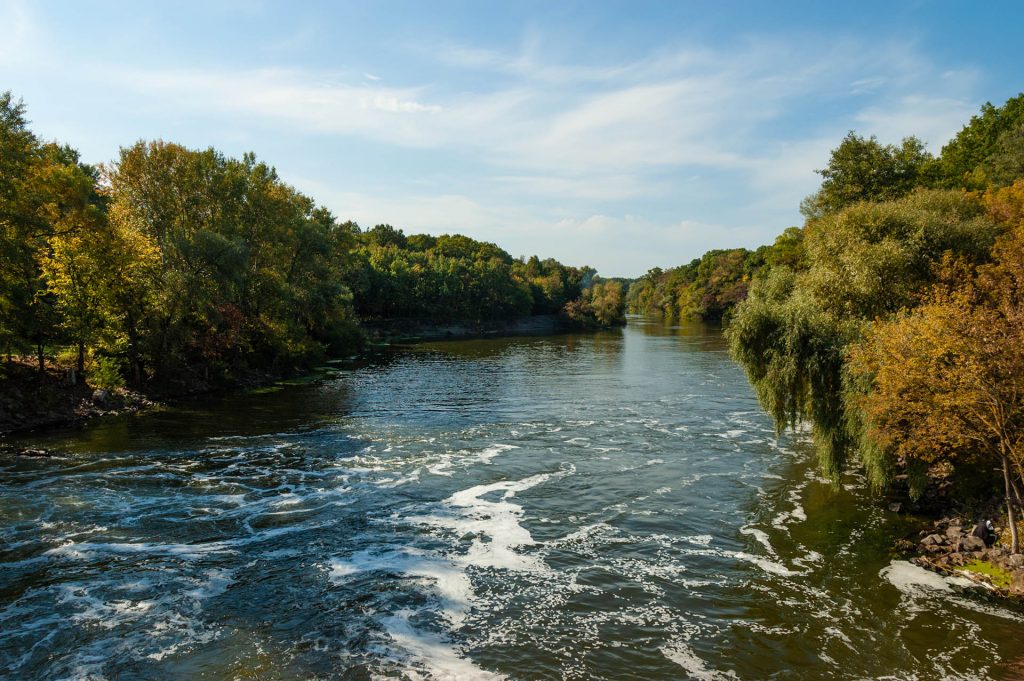February 2nd marks National River Day, a celebration dedicated to the winding natural waterways that have been vital to sustaining both diverse ecosystems and human civilizations for millennia. These flowing bodies of water are more than just picturesque landscapes—they are the lifeblood of our planet, providing nourishment, habitat, and resources essential for survival.
Rivers have shaped human history and development, guiding where we settle, how we grow our food, and how we connect with one another. They’ve been our natural highways, our water sources, and our sources of inspiration and recreation. Despite their vital importance, rivers often go unnoticed and underappreciated. National River Day aims to change that by highlighting the numerous benefits rivers provide and reminding us of our responsibility to protect these precious natural resources.
From the earliest days of civilization, rivers have been the cradle of human life. Cities and communities have flourished along their banks, relying on their steady flow for drinking water, agriculture, transportation, and trade. The Nile, the Amazon, the Yangtze—these rivers are more than just geographical features; they are the lifelines of continents, sustaining life, culture, and economies.
Rivers are not just about survival—they’re also about enjoyment and adventure. Whether it’s a peaceful day of fishing, a canoe trip through serene waters, or the adrenaline rush of white-water rafting, rivers offer countless opportunities for recreation and a connection to nature. But with this privilege comes the responsibility to treat rivers with respect, ensuring they remain clean and healthy for future generations.
The Urgent Need for Awareness and Conservation
In today’s world, rivers face unprecedented threats. Climate change, pollution, and human interference have put immense pressure on these vital water sources. Many rivers are drying up, becoming polluted, or losing their biodiversity at alarming rates. National River Day is a call to action—a reminder that our rivers need our attention and care. By raising awareness and promoting conservation efforts, we can help protect these natural wonders for generations to come.
How to Celebrate National River Day
- Learn and Educate: Take time to learn about the rivers near you and their significance to local ecosystems and communities. Share this knowledge with others to spread awareness.
- Get Involved: Participate in or organize local clean-up events along riverbanks. Every small effort helps reduce pollution and protect wildlife.
- Enjoy Responsibly: Spend the day enjoying river activities like kayaking, fishing, or hiking along a riverside trail. Remember to practice responsible recreation by respecting wildlife and leaving no trace.
- Advocate for Conservation: Support organizations and policies that aim to protect and restore rivers. Your voice can make a difference in safeguarding these vital waterways.
National River Day is a chance to give rivers the love and appreciation they deserve while recognizing the crucial role they play in our lives. Let’s celebrate, protect, and cherish these incredible natural pathways that nourish our world. ??
Here are 20 interesting facts about rivers:
- Longest River: The Nile in Africa is often considered the longest river in the world, stretching about 4,135 miles (6,650 kilometers). However, recent studies suggest the Amazon River might be longer.
- Deepest River: The Congo River in Africa holds the title for the deepest river in the world, reaching depths of over 720 feet (220 meters).
- Oldest River: The Finke River in Australia is one of the oldest rivers in the world, estimated to be around 350 million years old.
- River Basin Size: The Amazon River has the largest drainage basin in the world, covering about 2.7 million square miles (7 million square kilometers).
- Freshwater Source: Rivers are a crucial source of freshwater, providing about 0.0002% of the Earth’s water but sustaining millions of species and billions of people.
- River Length Changes: A river’s length can change due to natural processes like sediment deposition and erosion, or human activities like damming and diversion.
- Tidal Rivers: Some rivers, like the Thames in London, are tidal. This means they have sections where the river flow is influenced by ocean tides.
- World’s Shortest River: The Roe River in Montana, USA, is often cited as one of the shortest rivers, measuring only about 200 feet (61 meters) in length.
- Major Transportation Routes: Throughout history, rivers like the Mississippi, Yangtze, and Rhine have been major transportation and trade routes, facilitating commerce and cultural exchange.
- Biodiversity Hotspots: Rivers are home to an incredible diversity of life. The Amazon River alone houses over 3,000 species of fish, more than the entire Atlantic Ocean.
- Rivers and Civilization: Many of the world’s earliest civilizations, including the Egyptians, Mesopotamians, and Indus Valley civilization, developed along rivers due to their fertile land and water supply.
- Rivers and Weather: Rivers can significantly impact local weather patterns. For example, the Amazon River releases huge amounts of water vapor into the atmosphere, influencing rain patterns in South America.
- River Pollution: Unfortunately, rivers are often polluted by human activities. The Ganges River in India is one of the most polluted rivers in the world due to industrial waste and sewage.
- Unique Rivers: The Caño Cristales in Colombia, known as the “River of Five Colors,” displays stunning hues of red, yellow, green, blue, and black due to a unique plant called Macarenia clavigera.
- River Deltas: River deltas, like the Nile Delta and the Mississippi River Delta, are incredibly fertile and support extensive agriculture. They form from the deposition of sediment as rivers flow into slower-moving bodies of water like seas or oceans.
- Waterfalls in Rivers: Some of the world’s most famous waterfalls, like Victoria Falls and Niagara Falls, are found along rivers. They occur where rivers flow over a steep drop or cliff.
- Floodplains: Rivers create floodplains, which are areas prone to flooding. These regions are rich in nutrients and are often used for agriculture due to their fertility.
- Human Modification: Humans have heavily modified rivers for agriculture, hydroelectric power, and urban development. The Colorado River in the United States, for instance, is so heavily used that it rarely reaches the sea anymore.
- Endorheic Rivers: Some rivers, like the Jordan River in the Middle East, do not flow into the sea. Instead, they end in inland bodies of water, such as the Dead Sea, or disappear into the ground.
- River of Mystery: The Amazon River has a mysterious phenomenon known as the “Pororoca,” a tidal bore that creates large, surfable waves up to 13 feet (4 meters) high and can travel up the river for miles.
Rivers are remarkable features of the natural world, offering a wealth of biodiversity, supporting human life and activity, and holding fascinating geographical and cultural significance.


